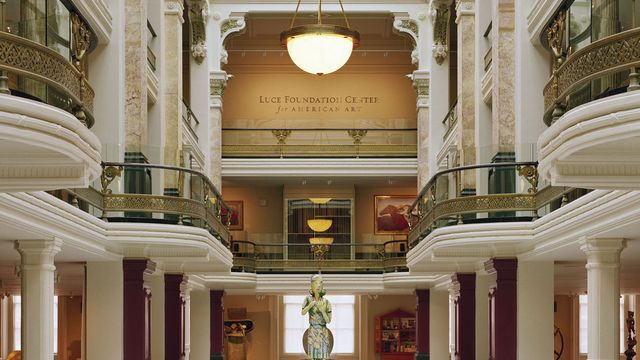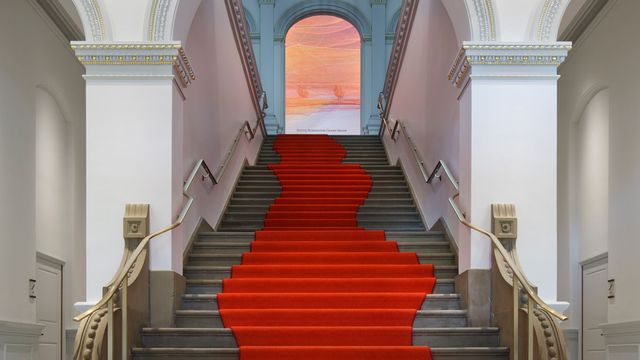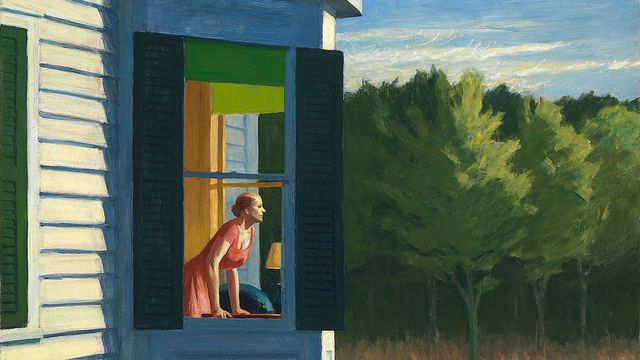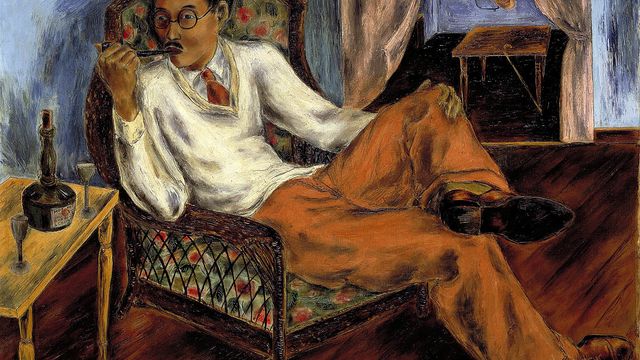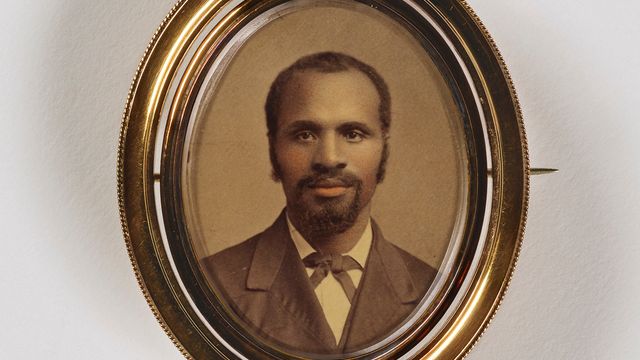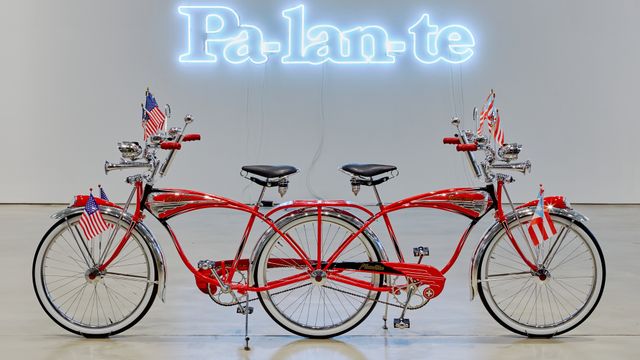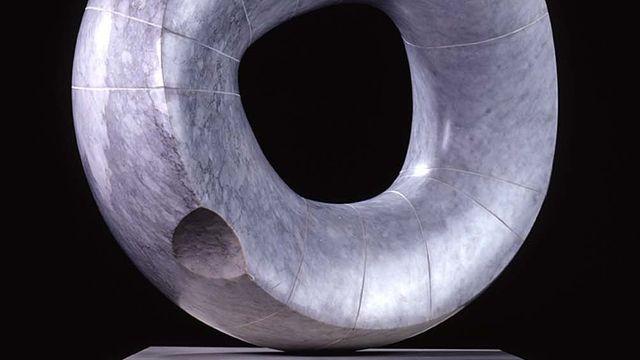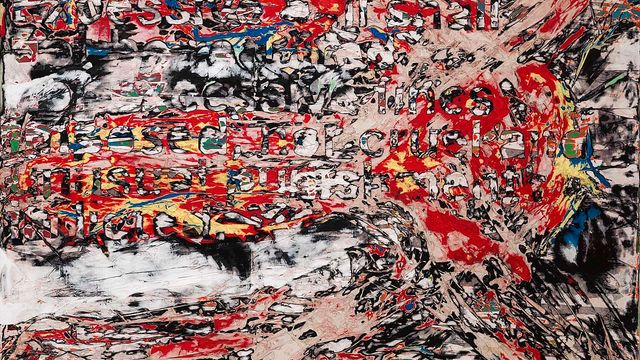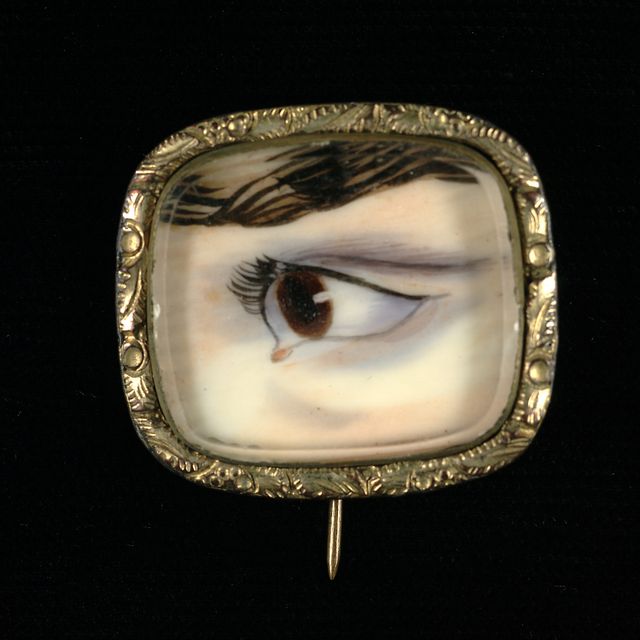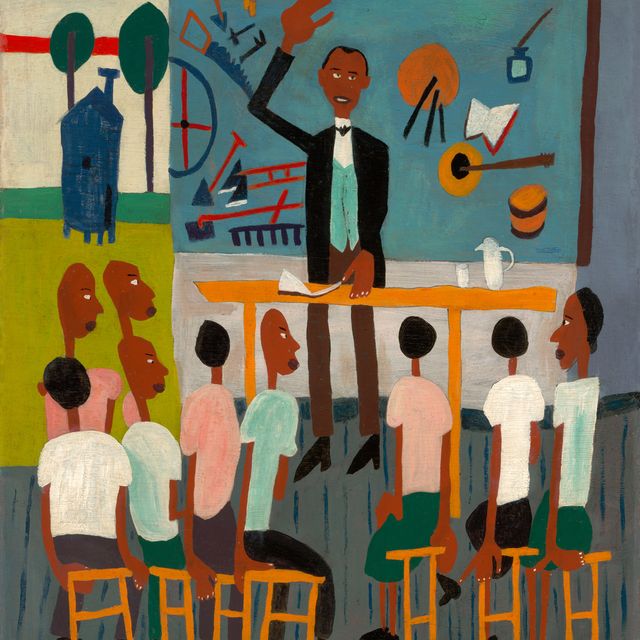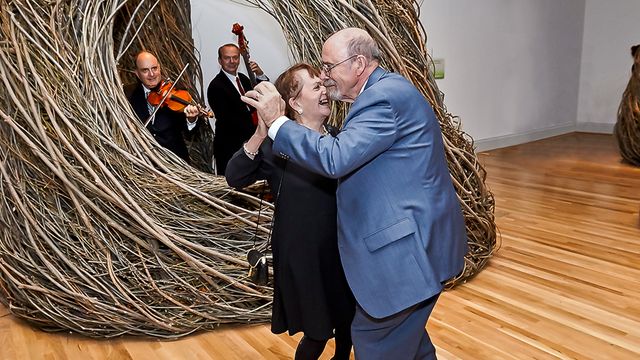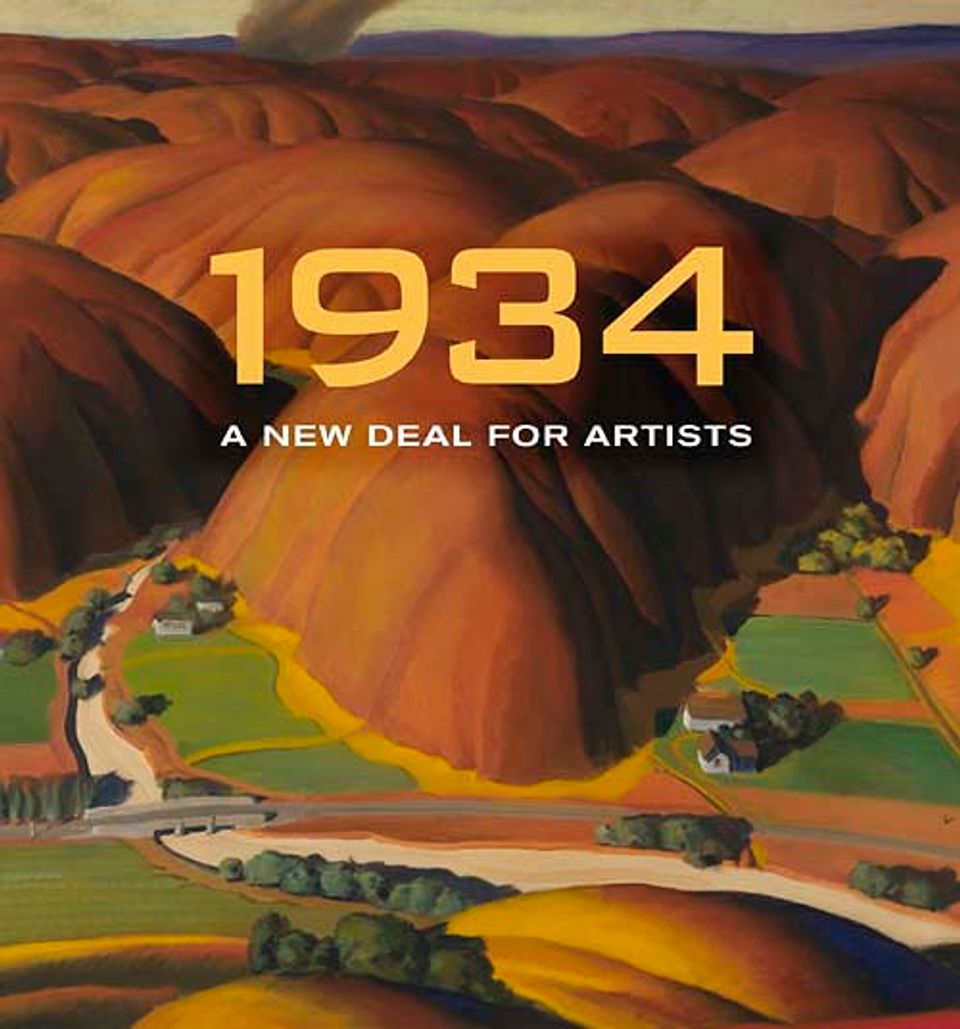The men of Madrid, New Mexico, went to work every day in these hulking, rusty buildings that led to the coal mines of the Albuquerque and Cerrillos Coal Company. Artist Carl Redin specialized in painting picturesque New Mexico landscapes, but to find "the American Scene" requested by the PWAP, he turned to the mines of Madrid. It was a company town in which every citizen’s life was dominated by coal and the company that owned the mines, stores, and houses. The company provided distractions to keep the miners and their isolated families content—an amusement hall, Christmas and Easter celebrations, Fourth of July parades, a baseball team. The Christmas lights were so famous that they attracted tourists to town. But Redin centered his painting on the grim mines that produced the coal and the train that hauled it away. Sheds, smokestacks, machines, and slag heaps cover the New Mexico hills and smoke fouls the air. Not a human figure is to be seen. Except for the engineer of the train, all the men are underground.
1934: A New Deal for Artists exhibition label

